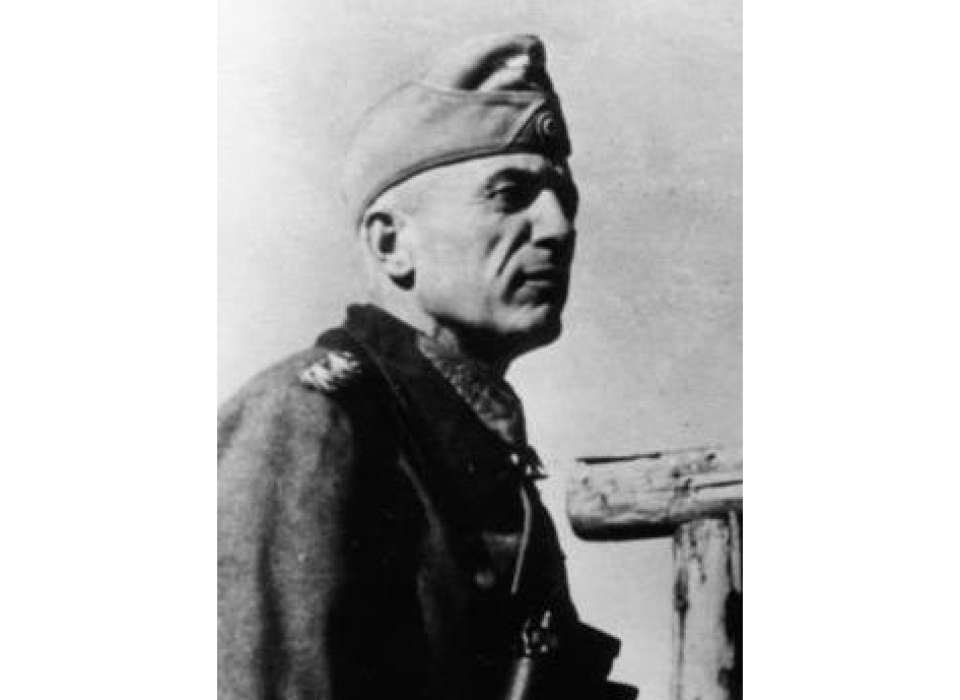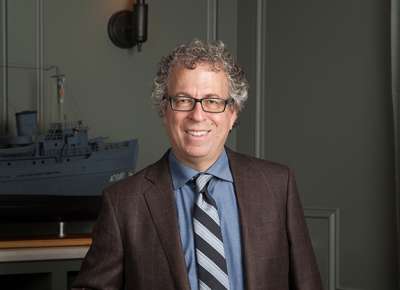Top image: Bundesarchiv, Bild 146-1971-070-73 / Jesse / CC-BY-SA 3.0
Some historical figures just don’t seem to fit. Their timing is off. They march left when everyone else turns right, and they stand up when everyone else sits down.
Take General Walther von Seydlitz-Kurzbach of the Wehrmacht. Scion of an old Prussian noble family, Walther was a tough guy who didn’t suffer fools gladly, and who usually told them so. He had that quality in his blood. Indeed, he was the direct descendant of General Friedrich Wilhelm von Seydlitz, who once angrily told off Frederick the Great when the king was micromanaging him during the battle of Zorndorf.
In World War II, Seydlitz was a skilled field commander, rising through division and corps command, distinguishing himself at Demyansk and Stalingrad. At the latter, he commanded the oversize LI Corps, which comprised all the infantry divisions in the months-long battle for the city; LI Corps was the size of an army, in other words. It was Seydlitz who had to order his men into what proved to be an impossible task: grinding their way against tough Soviet opposition through the ruins of Stalingrad’s factory districts, block by block, floor by floor, sometimes even room by room.
We often call Stalingrad the turning point of the war, but this bloody street battle proved to be Seydlitz’s personal turning point, as well. Left to dangle on the end of an untenable supply line, burning through his fuel, ammo, and infantry with alarming rapidity, facing a Soviet foe who obviously outclassed his men in numbers and materiel, Seydlitz began to have real doubts about Hitler’s conduct of the war. When the Red Army launched its great counterstroke at Stalingrad, encircling German 6th Army (Seydlitz’s parent command), those doubts crystallized into something closer to rage.
Seydlitz immediately demanded permission to break out from the encirclement, but Hitler refused. A breakout would look too much like a retreat from Stalingrad. Sixth Army would stay where it was, wait to be relieved, and be supplied from the air in the meantime. Help was on the way, Hitler promised. But that was another of the Führer’s lies. Air supply barely made a dent in the army’s requirements, and no relief came. The Germans trapped in the Stalingrad pocket first went hungry, then began to die off: hunger, thirst, lack of essential medicines. Constant Soviet attacks drove 6th Army into a smaller and smaller perimeter in January, and by the end of the month the situation was hopeless. Along with 90,000 of his starving comrades, Seydlitz marched off into Soviet captivity in February 1943.
Till now, Seydlitz was not an atypical German general, many of whom were grumbling about Hitler by 1943. What he did next, however, stamped him as a loner for the rest of his life. He switched sides, cooperating with his Soviet captors and helping to form a turncoat “League of German Officers.” He wrote pamphlets and made broadcasts calling on German soldiers to desert, or to march on Berlin and boot Hitler out of office before he and his henchmen ruined Germany altogether. He became an instant outcast. Fellow generals denounced him as a traitor and a coward, and Hitler condemned him to death in absentia. Rumor was that he’d become a communist, or perhaps had always been one.
But Seydlitz was no communist. In fact, his Soviet captors tried desperately to get him to join the Party, but he refused. His only goal, he said, was to save Germany by hastening the end of the war. His refusal didn’t sit well with Moscow. The Soviets kept him in prison after 1945, and in 1950 Stalin, too, had him condemned to death, a sentence later commuted. He eventually returned to West Germany, where his former comrades still shunned him as a traitor, and where his record of collaboration with the Soviets made him highly suspect in the Cold War era. He lived a quiet life. A West German court nullified his Nazi-era death sentence in 1956, and post-Soviet Russia gave him a posthumous pardon forty years later. Unlike so many of his fellow generals, he published no memoirs in his lifetime. Perhaps he saw no need to justify himself.
Sure, we can criticize Seydlitz. He liked Hitler just fine when the war was going well, and only broke with him when things went south. As for thinking that he could get Germany a better deal by cooperating with the Soviets—well, that just seems naïve. But let’s give the man his due. He marched to his own drummer, out of step with all the others.
Anyone sentenced to death by both Hitler and Stalin must have something going for him.
Robert Citino, PhD
Robert Citino, PhD, is the former Samuel Zemurray Stone Senior Historian in the Jenny Craig Institute for the Study of War and Democracy.
Cite this article:
MLA Citation:
APA Citation:
Chicago Style Citation:





![Max Fuchs, New York City cantor, sings as Rabbi Sydney [sic] Lefkowitz, Richmond, VA, conducts the first Jewish services from Germany.](/sites/default/files/styles/max_650x650/public/2025-10/image1.jpg)



